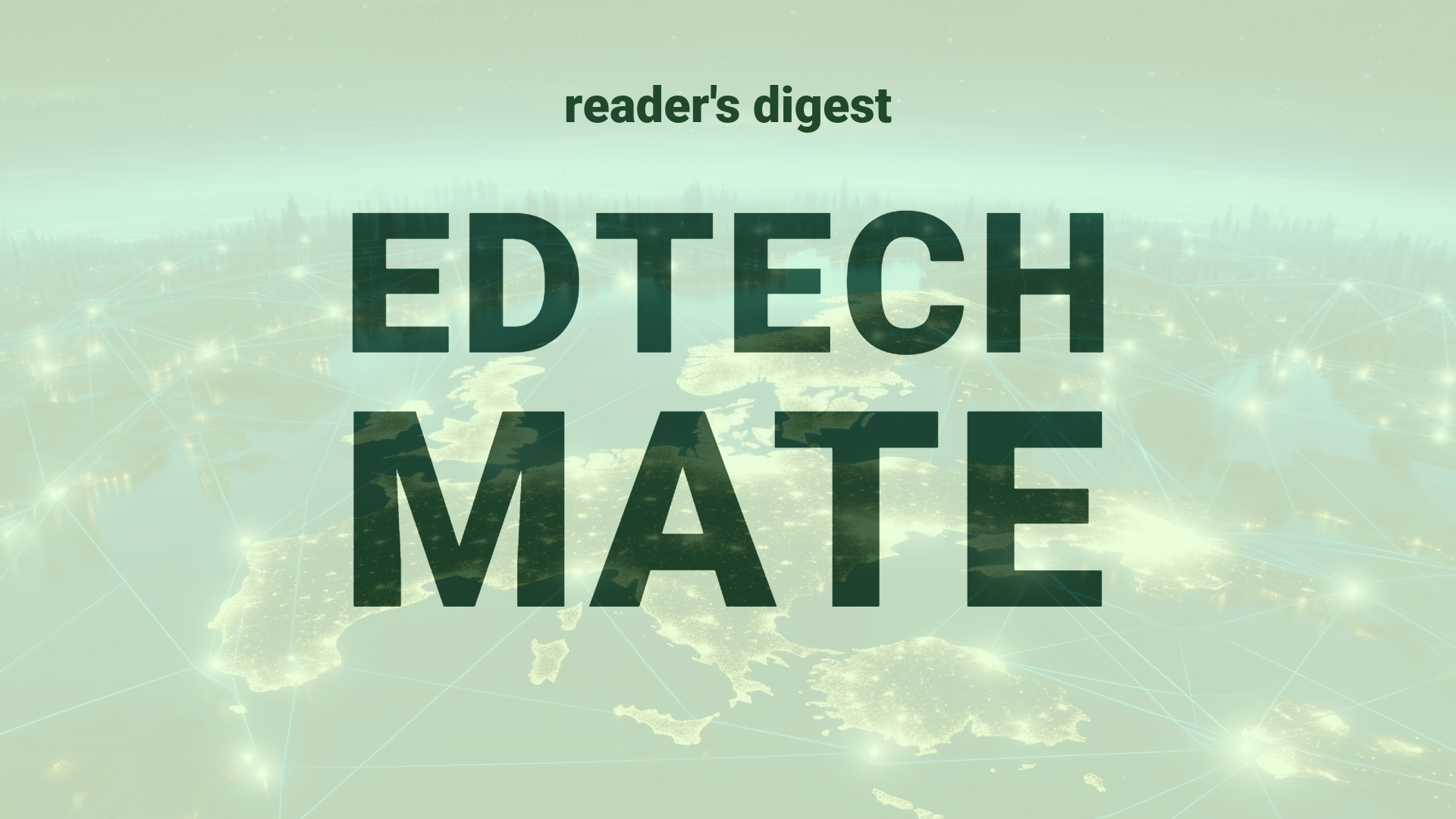Executive Summary and Main Points
The recent insights in recruitment strategies highlight the imperative for a strategic and holistic approach to talent assessment when expanding teams within organizations. Notably, there are steps crucial for aligning the team and organizational goals to ascertain that the skill set of new hires fills current gaps and contributes to the future agility and growth of the organization. This includes aligning goals with organizational objects, conducting talent planning through various assessment tools, evaluating the team structure to support strategic goals, identifying team cultural nuances, and understanding team members’ aspirations before crafting job descriptions. The method ensures the sourcing of candidates whose capabilities are attuned to the organization’s future trajectory.
Potential Impact in the Education Sector
In the realm of Further Education, Higher Education, and the burgeoning space of Micro-credentials, the outlined recruitment strategy underscores the potential for formulating agile, future-ready teams. The approach can inform the construction of multidisciplinary academic teams, enhance administrative effectiveness, and support an ever more digitalized educational landscape. Strategic partnerships can bolster the development of digital competencies within academia, ensuring that institutions remain competitive and responsive to the evolution of the international education market.
Potential Applicability in the Education Sector
The prescribed methodology bears substantial relevance to global higher education institutions, particularly when integrating AI and digital tools. Such a tactical approach in recruiting could transform learning delivery, foster more personalized education through adaptive learning technologies, and catalyze the creation of AI-driven research initiatives. By aligning recruitment with the expanding demand for digital literacy and interdisciplinary skill sets, educational entities could cultivate a workforce that is adept at leveraging AI for improved student engagement and outcomes.
Criticism and Potential Shortfalls
Although the strategized approach offers a robust framework for talent acquisition, it must be scrutinized for possible limitations in diverse contexts. International case studies might illustrate varying success rates depending on the institutional readiness to embrace digital transformation. Additionally, ethical considerations, such as algorithmic bias in digital audition tools and cultural sensitivities in diverse educational atmospheres, must be vigilantly overseen to avert exclusionary practices and ensure equity in team composition.
Actionable Recommendations
For immediate and efficacious implementation, educational leaders should start with an audit of their existing strategies before integrating these innovative recruiting practices. The recommendations suggest the adaptation of digital skill mapping tools, conscious incorporation of diversified recruitment panels, and the establishment of mentorship programs to blend new talents with existing staff. Further, leaders should nurture environments that value continuous learning and flexibility, preparing the educational workforce not only for the current digital era but also for unforeseen tech advancements in pedagogy and management within higher education.
Source article: https://hbr.org/2024/06/dont-post-that-job-listing-before-taking-these-5-steps

